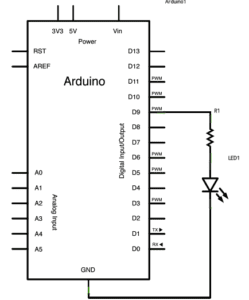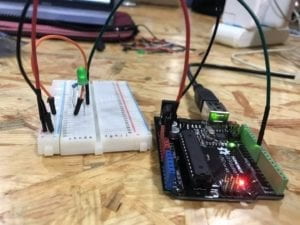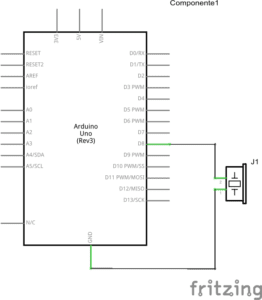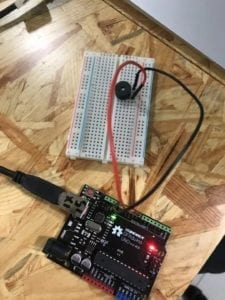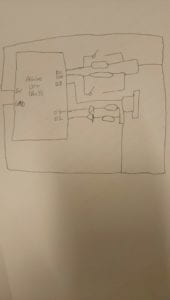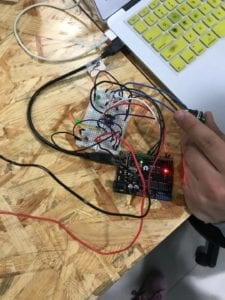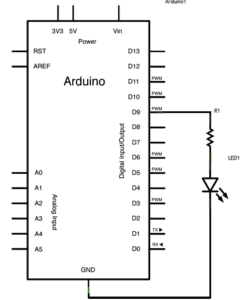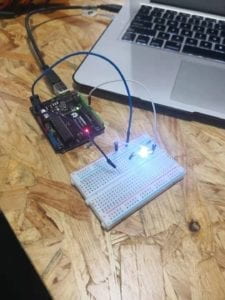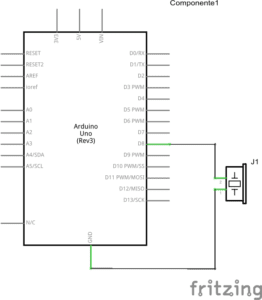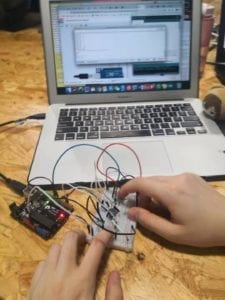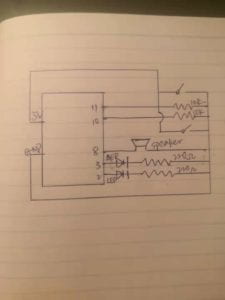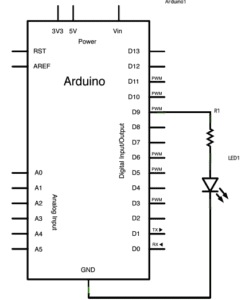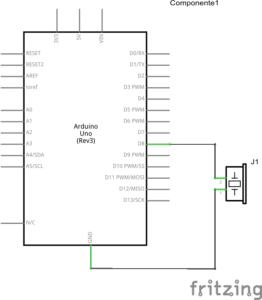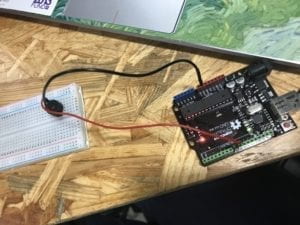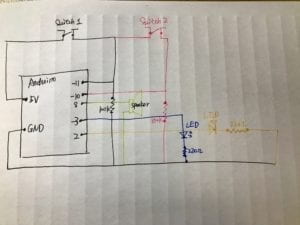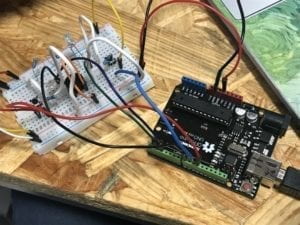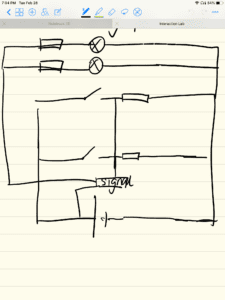Recitation 2: Arduino Basics
Partner: Dominick Nardone
Circuit One: Fade
For this circuit we went built the circuit given to us in the recitation picture using simply a resistor and an LED and copying the fade code from Arduino. It was overall and easy circuit to construct and code resulting in a LED that would flash brightly then fade.
Circuit Two: Tone Melody
For this simple circuit all we needed to do was attach a speaker to an output slot on the Arduino and insert the code that played the melody from one of the premade options in the program. I found myself curious about what note makes what sound in the code and how many sounds were possible to create.
Circuit Three: Speed Game
This circuit was far more complicated than the other two and we had to consult the tinker cad website for the exact design. For this we needed buttons, resistors, LEDs, a speaker, and more than a couple wires. However, we were able to build a working circuit after copying the code given to us.
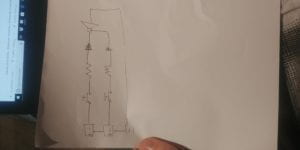
Circuit Four: Four Player Speed Game
For this circuit we merely attempted to recreate the already existing one we had on another bread board and connect the two with a wire from positive to ground and visa versa connecting the two boards. Tom worked on the coding by adding to more outputs for each LED as well as two more inputs for the buttons. However, we were unable to get our game to work as only two of the LEDs functioned correctly while the other two did not light up.
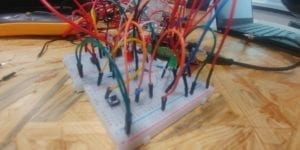
Questions:
- For the most part I interact with technology in the stupid way referenced in this weeks reading. I do not often use full body movements or advanced communication methods to interact with my technology. Instead, I tap and tap and tap on keys in my computer and on the screen of my phone. For this class however I was able to interact in a new way by building the circuits myself yet the tapping on the button was still the input method.
- If I had 100,000 LEDs of any brightness or color I would put myself in a very dangerous and precarious situation. One one hand I would really wanna mess with people and make fake runways near airports promoting pilots to land their aircraft on highways or in back yards creating chaos on an never before seen scale. Knowing this to be my intention and realizing this would end in a life in prison I would probably sell said LEDs for money to pay back my student loans or wreck havoc on NYUSH until more financial aid was granted.
